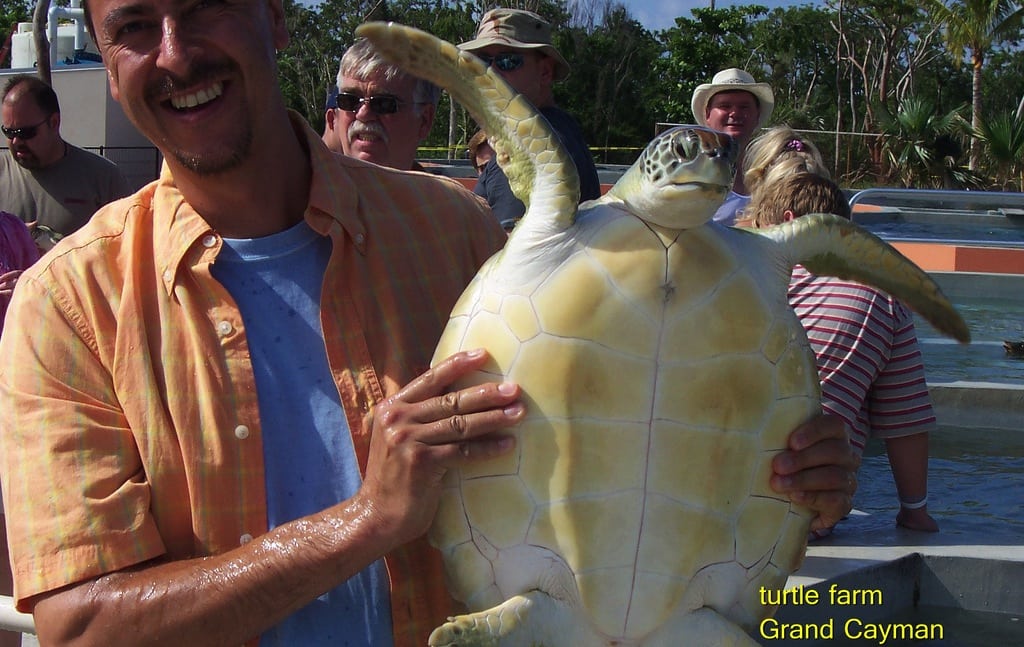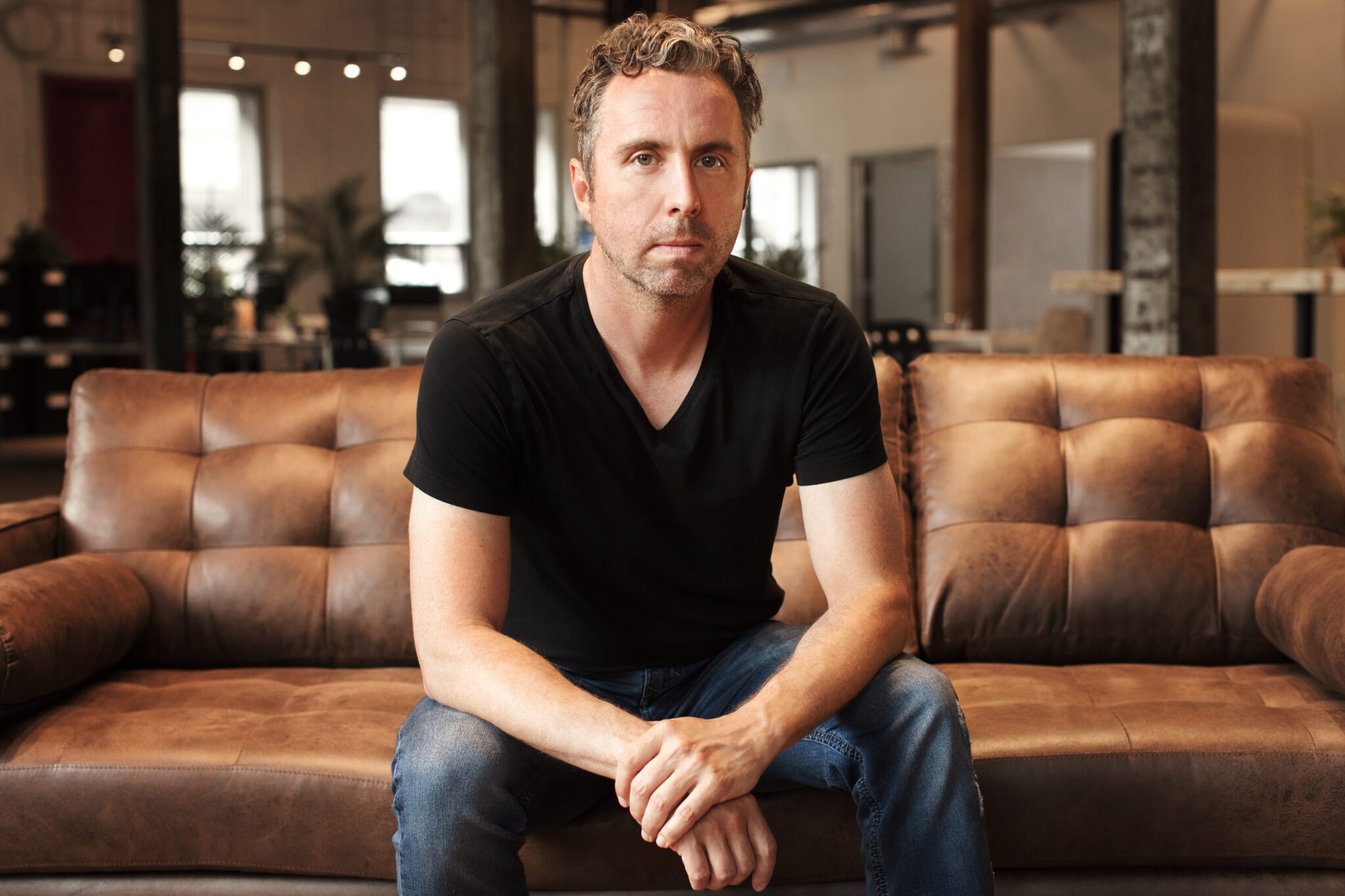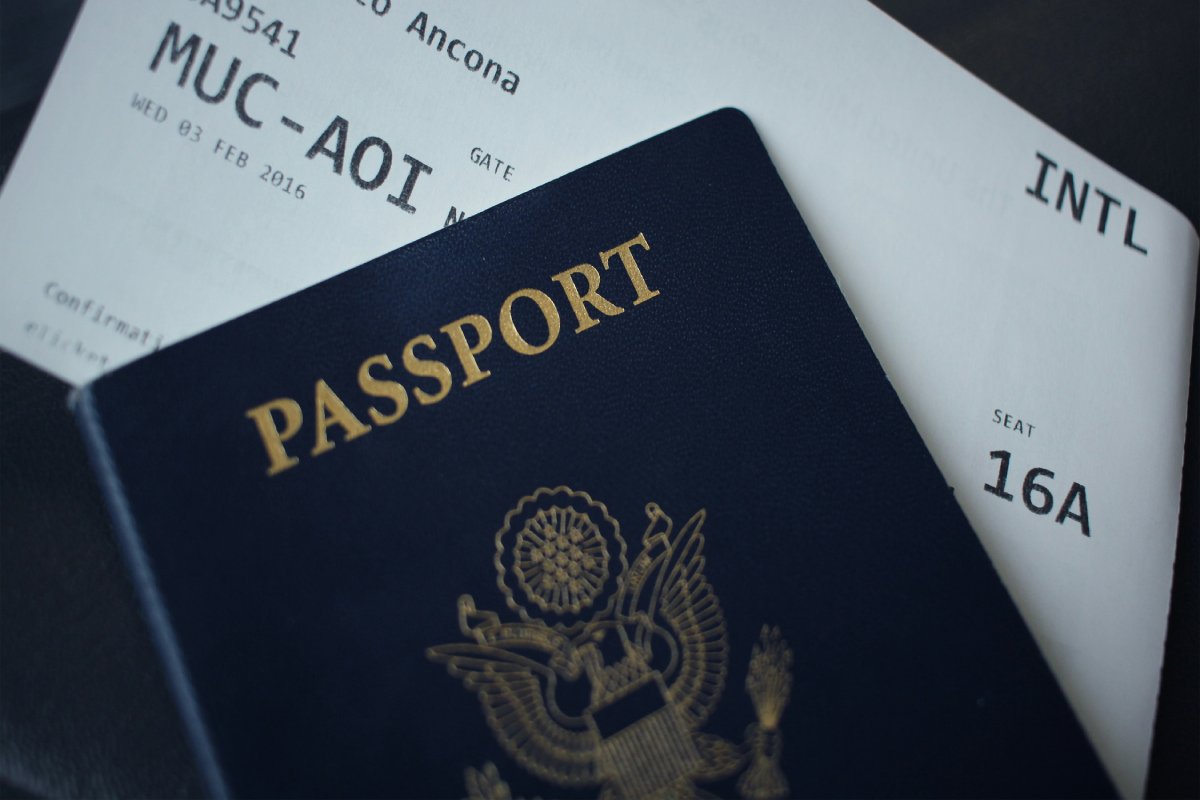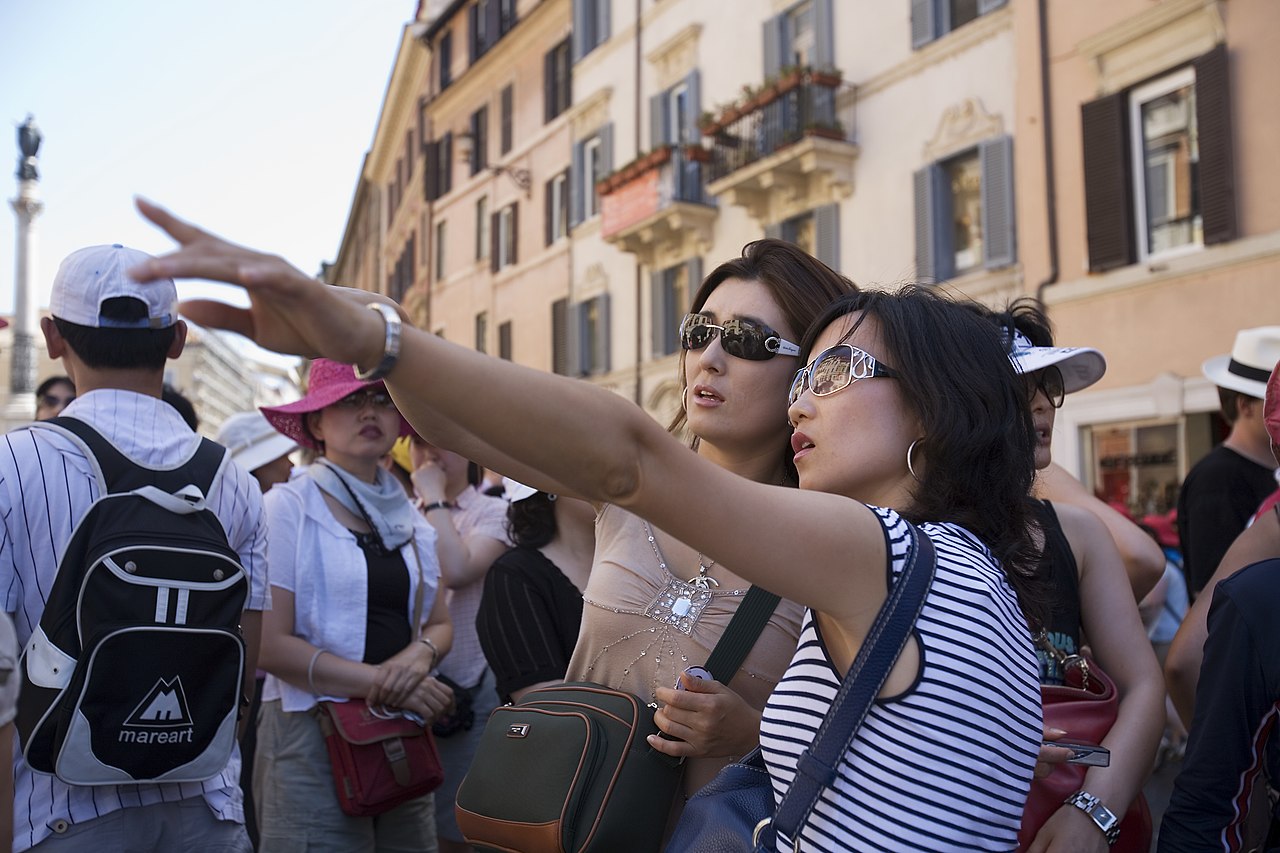Cayman Islands sea turtle tourist trap is, surprise, not so good to turtles

Skift Take
Before you see the turtles at the Cayman Turtle Farm on Grand Cayman, you hear them.
The whoosh of breath when they breach the surface in their concrete pools resounds throughout the world’s only sea-turtle farm. That, and the squeals of tourists, who mingle freely with these endangered creatures.
“It should be a happy place, but what you hear is the noise of turtles gasping for air,” said Elizabeth Hogan, the campaign manager for oceans and wildlife of the World Society for the Protection of Animals.
The animal-welfare group spent a year surreptitiously investigating the facility, documenting unsanitary conditions, diseased and injured turtles, cruelty and neglect.
According to their report, the hundreds of sea turtles are packed into crowded pools rife with salmonella, E. coli and other bacteria associated with pathogens dangerous to the turtles and the people who handle them.
The turtle farm, a government-run facility, dismissed the allegations but agreed to inspect the facility in December. The findings were made public last week.
Most of the turtles here are green sea turtles, Chelonia mydas, listed as “endangered” by the International Union for Conservation of Nature. Apart from the tourist attractions, the farm operates breeding tanks, from which some turtles are slaughtered for food. The facility says it has released more than 31,000 turtles into the wild since it opened in 1968.
Numbers disputed
The WSPA disputes the numbers and, along with the Sea Turtle Conservancy, says the release of diseased, possibly genetically compromised, organisms into the wild can do more harm than good.
“They are not having a beneficial effect on conservation at all,” Hogan said.
The turtle farm’s own recent inspection, carried out by a four-person panel over two days, uncovered no evidence of health risks to humans, but it did find problems in the breeding tanks, where “there is clearly room for improvement in standards of care.”
The panel expressed concern for, among other things, incidences of skin lesions and unusual mortality levels among younger turtles. It said that the slaughter is carried out humanely and hygienically.
The inspectors recommended that the farm hire a full-time veterinarian and that treatment of lesions should be “intensified, enhanced and their efficacy addressed.” The farm said in a statement it is pursuing both recommendations aggressively.
Handling pools
The breeding tanks and slaughter site are inaccessible to the public, but one can see the stress the turtles experience in the handling pools.
There are signs near the pools to instruct tourists, but during the time I was there, I saw that they are often ignored. Smaller children, and even some adults, had trouble holding the creatures, which squirmed when they were plucked from the pool. I watched a young girl drop one awkwardly back into the water, where it appeared to be stunned for a moment before paddling away.
Conditions at the farm have come to the attention of animal-rights advocate Paul McCartney, who voiced his support via Twitter. “There is no humane way to farm sea turtles,” McCartney wrote.
The farm, for its part, has local newspaper The Caymanian Compass in its corner. A recent editorial lambasted the WSPA’s investigation, saying the group had “basically sneaked into the Cayman Islands with the agenda of smearing the good name of Cayman.” The editors conceded that there are problems at the farm, albeit mostly fiscal ones, and recommended privatizing the facility to solve them.
Turtle soup
My guide told me that only a small percentage of the turtles end up as meat, but that there is strong Caymanian pride in the national dish, turtle soup. The operators of the farm say that by providing a source of meat for the population, it discourages fishermen and others from taking the endangered creatures, illegally, from the wild.
I took a long walk around the farm, which has devoted much space to its tourist attractions: a huge pool with water slide, another man-made pool in which tourists can snorkel with turtles, and the nasty handling tanks.
Iguanas invade
At least one organism is thriving here. Green iguanas, an invasive species overrunning the island, are everywhere. Believed to have escaped from pet shops and homes, the lizard has become a pest and a threat to local ecosystems. This should be a cautionary tale about the consequences of mixing humans with wild animals.
The Cayman government has to ensure that its breeding facility is sanitary and humane, and it has taken a positive step toward that end with its inspection and promise to improve conditions. But it should think seriously about phasing out the “wildlife encounter” it offers tourists.
Mike Di Paola writes on preservation and the environment for Muse, the arts and culture section of Bloomberg News. The opinions expressed are his own.
Editors: Jeffrey Burke, Lili Rosboch. To contact the writer of this column: Mike Di Paola at [email protected]. To contact the editor responsible for this story: Manuela Hoelterhoff in New York at [email protected]. ![]()




